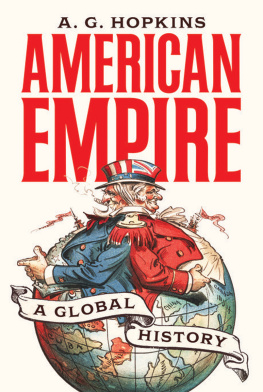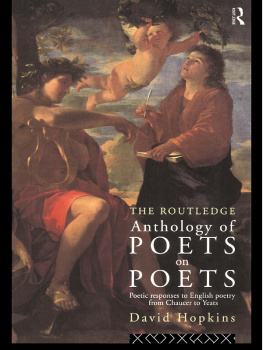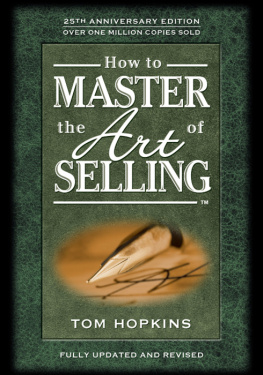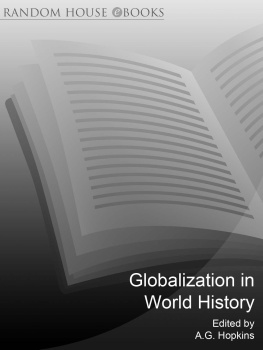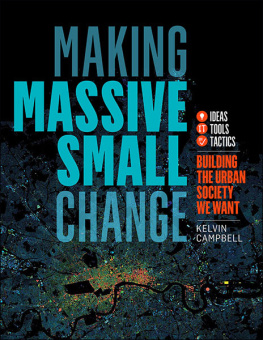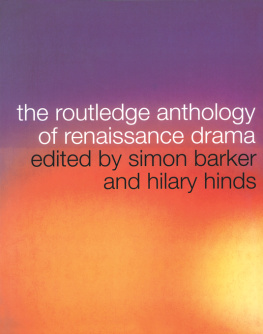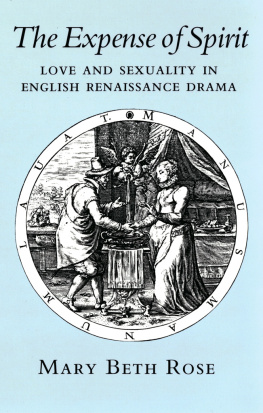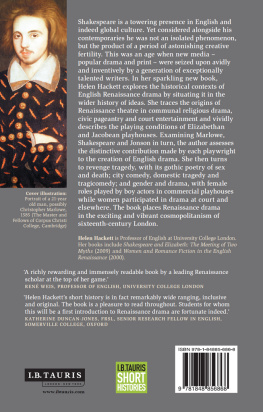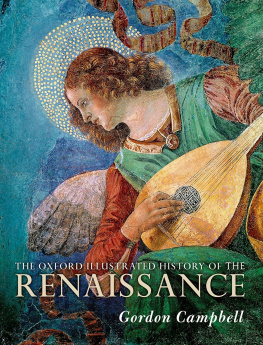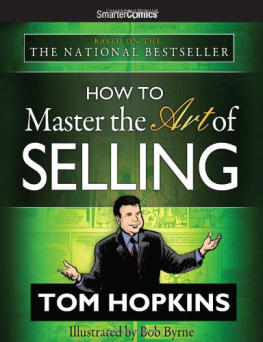Hopkins - Renaissance Drama on the Edge
Here you can read online Hopkins - Renaissance Drama on the Edge full text of the book (entire story) in english for free. Download pdf and epub, get meaning, cover and reviews about this ebook. City: Farnham, year: 1914;2014, publisher: Taylor and Francis;Ashgate, genre: Romance novel. Description of the work, (preface) as well as reviews are available. Best literature library LitArk.com created for fans of good reading and offers a wide selection of genres:
Romance novel
Science fiction
Adventure
Detective
Science
History
Home and family
Prose
Art
Politics
Computer
Non-fiction
Religion
Business
Children
Humor
Choose a favorite category and find really read worthwhile books. Enjoy immersion in the world of imagination, feel the emotions of the characters or learn something new for yourself, make an fascinating discovery.

- Book:Renaissance Drama on the Edge
- Author:
- Publisher:Taylor and Francis;Ashgate
- Genre:
- Year:1914;2014
- City:Farnham
- Rating:3 / 5
- Favourites:Add to favourites
- Your mark:
- 60
- 1
- 2
- 3
- 4
- 5
Renaissance Drama on the Edge: summary, description and annotation
We offer to read an annotation, description, summary or preface (depends on what the author of the book "Renaissance Drama on the Edge" wrote himself). If you haven't found the necessary information about the book — write in the comments, we will try to find it.
Renaissance Drama on the Edge — read online for free the complete book (whole text) full work
Below is the text of the book, divided by pages. System saving the place of the last page read, allows you to conveniently read the book "Renaissance Drama on the Edge" online for free, without having to search again every time where you left off. Put a bookmark, and you can go to the page where you finished reading at any time.
Font size:
Interval:
Bookmark:
LISA HOPKINS
Sheffield Hallam University, UK

First published 2014 by Ashgate Publishing
Published 2016 by Routledge
2 Park Square, Milton Park, Abingdon, Oxon OX14 4RN
711 Third Avenue, New York, NY 10017, USA
Routledge is an imprint of the Taylor & Francis Group, an informa business
Copyright Lisa Hopkins 2014
Lisa Hopkins has asserted her right under the Copyright, Designs and Patents Act, 1988, to be identified as the author of this work.
All rights reserved. No part of this book may be reprinted or reproduced or utilised in any form or by any electronic, mechanical, or other means, now known or hereafter invented, including photocopying and recording, or in any information storage or retrieval system, without permission in writing from the publishers.
Notice:
Product or corporate names may be trademarks or registered trademarks, and are used only for identification and explanation without intent to infringe.
British Library Cataloguing in Publication Data
A catalogue record for this book is available from the British Library
The Library of Congress has cataloged the printed edition as follows:
Hopkins, Lisa, 1962
Renaissance Drama on the Edge / by Lisa Hopkins.
pages cm
Includes index.
ISBN 978-1-4094-3819-9 (hardcover : alk. paper) ISBN 978-1-3156-0525-8 (ebook)
ISBN 978-1-3170-6657-6 (epub)
1. English dramaEarly modern and Elizabethan, 15001600History and criticism.
I. Title.
PR651.H67 2014
822.309dc23
2013043322
ISBN: 9781409438199 (hbk)
ISBN: 9781315605258 (ebk PDF)
ISBN: 9781317066576 (ebk ePUB)
With thanks to Adam Hansen for organising the conference on Early Modern Dis/Locations at the University of Northumbria, at which the earliest version of chapter eight was first delivered, and at which I met John Mabbett who in turn was kind enough to give me an introduction to Nick Hodgson of Tyne & Wear Archives & Museums, who gave invaluable help on antiquarian writing on Hadrians Wall; to Oddvar Holmesland of the University of Agder for inviting me to the first Norwegian National Conference on Early Modern Studies to give a paper which eventually became grew; to the staff of the Adsetts library; to Jerry Sokol for help with jewels; to my former PhD student Andy Duxfield for an extremely helpful suggestion about The Tempest; and to my colleague Matt Steggle, who read the final draft and saved me from myself as far as I would let him, as did Ashgates anonymous reader. Matt, my other Renaissance colleague Annaliese Connolly and my former colleague Tom Rutter were as always all hugely helpful. Finally, as always, thanks to Chris and Sam.
An earlier version of part of
What does it mean to be on the edge? It means to be in a state of perilous uncertainty, anxious to know but not sure whether not knowing might be preferable to what you eventually find out. It means to be poised between two distinct and potentially quite different states of knowing or of being, or to be in a liminal position between two different countries, or perhaps two different time periods, in the sense that Twelfth Night is the liminal time between the holiday period of the twelve days of Christmas and the normal world of work. It means to walk on the wall which demarcates the space of the city from that of the territory outside it, which might be merely the surrounding countryside or might be something more savage than that, or to walk on the cliff and know that there is nothing at all beyond. It means the boiling point or melting point or tipping point at which something moves or changes into something else. It means the farthest place on the map, though with the proviso that this world itself may share an edge with another one beyond. And it means the places at which the play ceases to be just a play and leaches out into the playhouse to touch on the experience and concerns of the audience.
In a theatre which probes a number of different issues, the two last of those edges the edge of the map and the edge of the play have perhaps the most obvious cutting power, particularly in combination. By this I mean that in a country physically and emotionally scarred by the better part of a century of religious controversy and conflict, any plot, issue or language that bore on the vexed questions of faith, choice of confession and possible routes to salvation was bound to generate an interest that spread beyond the play itself to reverberate in the auditorium, while the fact that Shakespeare and his audiences were themselves on the edge between the reign of the Welsh Elizabeth and the Scottish James inevitably focused attention on the relationship between England and other parts of the British Isles. This concern with the interface between geographical and spiritual edges was my primary focus a few years ago in Shakespeare on the Edge, and to a certain extent continues to be so here. for their adjacencies are ones which must be acknowledged and there must be at least a possibility of a contact zone.
The eight chapters of this book focus on walls, the relationship between secular and spiritual power, cross-border sexual relations, Shakespeares representation of the borders of France, the link between this world and the next, jewels and places associated with the idea of the numinous, specifically ruins and high places, such as cliffs. Some of these are easily and obviously readable within the paradigm of the edge: walls clearly demarcate the territory owned by one individual or community from that outside it; cliffs mark the edge between the land and the sea; the divide between this world and the next was at times envisaged in terms of a physical frontier with possible crossing places; and three of the chapters focus on actual national borders. Sometimes identity as an edge may seem less clear, but I suggest that the relationship between secular and spiritual potentates can fruitfully be understood as analogous to that between rulers of two different territories, and in the case of what may seem an even less likely topic for such a book, jewels, I shall argue that to an early modern audience these served not only for ornament but as potential conduit between the inside and the outside of the body, positioning the skin itself as an edge.
The two chapters of they fail to do this: walls are battered, breached or pierced by gates, while the cross-border traffic between the realm of the spiritual and the realm of the secular is ideological rather than physical, with secular power attempting to bolster itself by invoking and aping the spiritual, and the conception of spiritual power being conditioned by the template afforded by the secular. Taken together, these two chapters reveal the flexibility and scope of the edge as an analytic for probing the energies and concerns of early modern English culture as represented in its drama, not least because to think in terms of the edge requires us to attend not only to what something is but also to what it is not, the thing which it attempts to define itself in opposition to but with which by that very token it shares an edge, creating an adjacency which may speak of similarity and of an implicit potential for overlap.
The bulk of the book, which comprises Parts II and II, draws on and develops that the edge is a point of contact as much as of demarcation, that ideas may have borders just as countries do and that if we want to understand these ideas we need to look not only at them but also at where those borders are and what they are shared with.
Font size:
Interval:
Bookmark:
Similar books «Renaissance Drama on the Edge»
Look at similar books to Renaissance Drama on the Edge. We have selected literature similar in name and meaning in the hope of providing readers with more options to find new, interesting, not yet read works.
Discussion, reviews of the book Renaissance Drama on the Edge and just readers' own opinions. Leave your comments, write what you think about the work, its meaning or the main characters. Specify what exactly you liked and what you didn't like, and why you think so.

